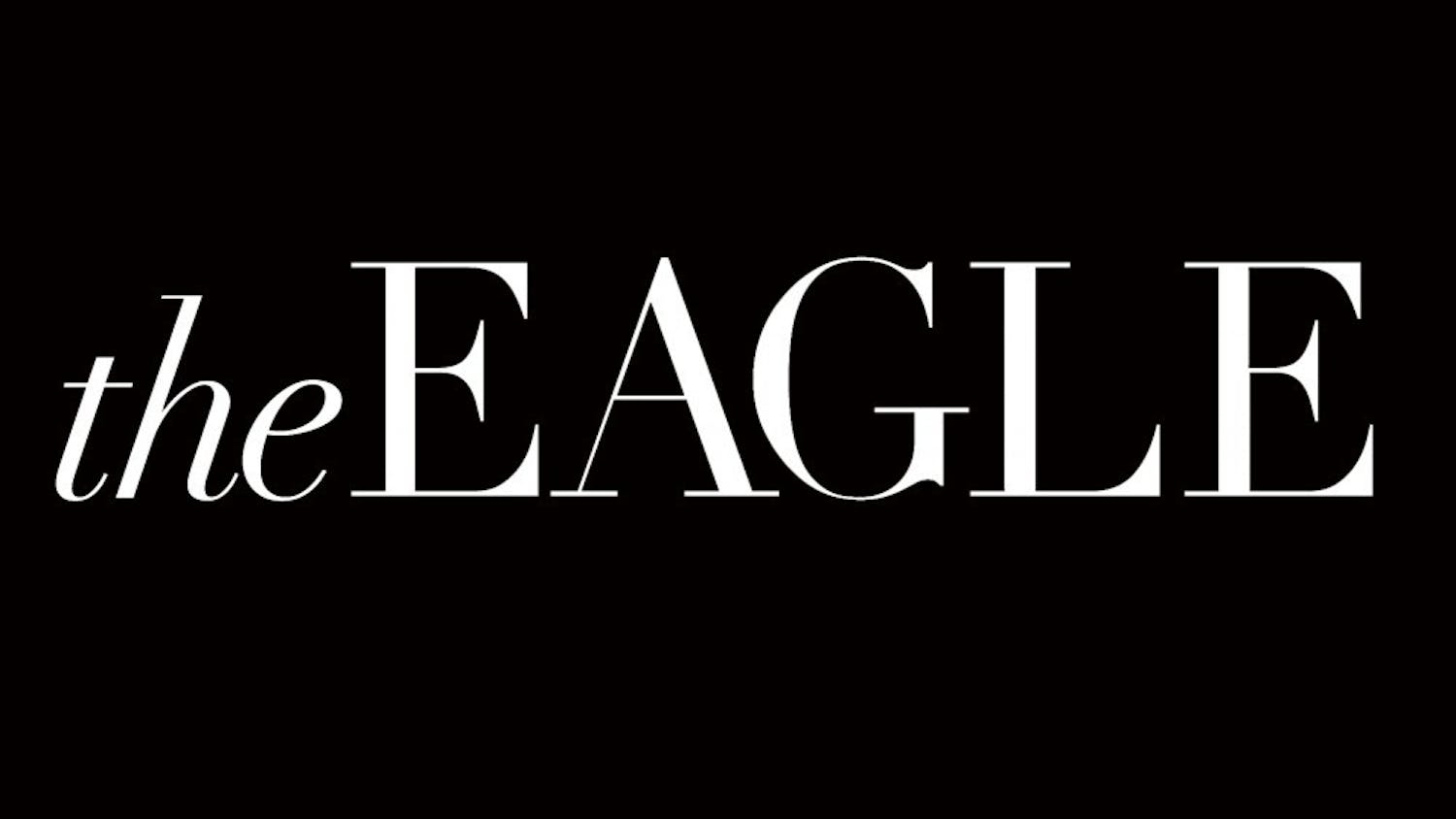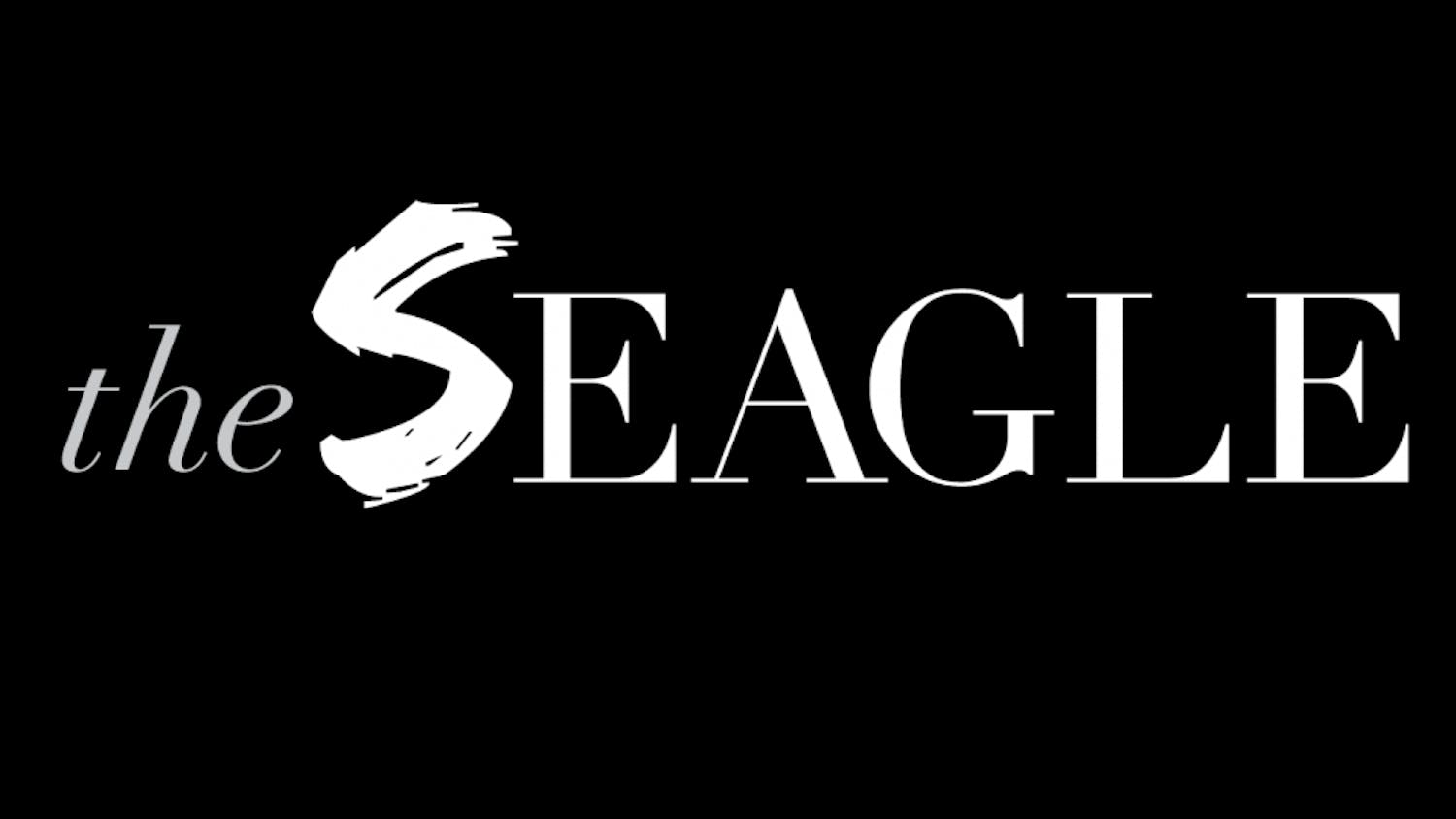Here is a quote from an Aug. 18, press release from The National Air and Space Museum: "In presenting the reassembled Enola Gay, museum director Gen. J.R. 'Jack' Dailey said, 'Because of the work of some very talented men and women, future generations will sense first-hand the unalterable significance of this aircraft in World War II and human history. Let's learn from it.'" ÿ
What will visitors looking at the plane in the museum's new $311 million annex learn? According to the museum's web site, the label next to the plane will tell visitors that the B-29 "was the most sophisticated propeller-driven bomber of World War II"; that it was "the first bomber to house its crew in pressurized compartments"; that the plane was designed to fight in Europe but "found its niche" in the Pacific, where it dropped a variety of weapons, including nuclear bombs; that the Enola Gay dropped the first atomic bomb in combat on Hiroshima on August 6, 1945; that Bockscar dropped a second atomic bomb; that Bockscar is on display in Dayton, Ohio; that the Enola Gay also flew as a reconnaissance aircraft on the Nagasaki mission; and that the Great Artiste, another B-29, flew on both missions. Visitors will also learn what the wingspan, length, height, weight, and speed of the plane is, among other technical details.ÿ
Does this really help people learn about the "unalterable significance" of the Enola Gay in World War II and human history? The museum's exhibit plans are at best an irresponsible way to display a plane with the most controversial mission in the history of war. As Admiral Noel Gayler, former Commander-in-Chief, U.S. Pacific Command, and former Director of the National Security Agency, said of the Enola Gay at a 1987 Smithsonian Research Advisory Committee meeting, "[I]f we put that thing on exhibit, we cannot fail to give the impression that we somehow are glorifying that mission or taking pride in it." ÿ
The Air and Space Museum should be taking precautions not to treat the plane in a way that might celebrate it. Instead, it has decided to dissociate the display of the plane from its controversial mission and associate it with a "festive open house" that it is holding on Dec. 9 to honor military aviation veterans (see www.smav.si.edu). And Gen. Dailey has said that the plane is being exhibited "in all of its glory as a magnificent technological achievement."ÿ
Part of the museum's congressional mandate includes "provid[ing] educational material for the historical study of aviation..." The museum used this mandate some years ago to put on an exhibit of aviation in World War I that sought to demystify the myths that had built up around that air war.
The least the museum could do in the case of the Enola Gay is note the devastation it caused and the longstanding, scholarly debate surrounding the decision to use atomic bombs in World War II.ÿ
Doing so would hardly make the museum an opponent of veterans or somehow dishonor the United States. Indeed, some of the most vehement critics of the use of atomic bombs were American military leaders from World War II. Generals Eisenhower and MacArthur, Admirals Nimitz and Halsey, and many others criticized the use of the bomb on ethical and strategic grounds.
Here is the view of Admiral William Leahy, Truman's wartime chief of staff who chaired the Joint Chiefs of Staff: "[T]he use of this barbarous weapon at Hiroshima and Nagasaki was of no material assistance in our war against Japan. The Japanese were already defeated and ready to surrender .... [I]n being the first to use it, we ... adopted an ethical standard common to the barbarians of the Dark Ages. I was not taught to make war in that fashion, and wars cannot be won by destroying women and children."ÿ
When national institutions in other countries avoid examining difficult aspects of the past, we Americans rightly criticize the avoidance of history. We do this at least partly because the study of the past can teach us a great deal about the present and future. ÿ
The Enola Gay exhibit is a case-in-point. Knowing more about the plane's mission, the controversy surrounding it, and its legacy can not only help us deal honestly with our history, it can help us decide where we stand now on the question of nuclear weapons, an especially important issue now, given the Bush administration's decision to lower the bar for using nuclear weapons.ÿ
The Committee for a National Discussion of Nuclear History and Current Policy (www.enola-gay.org) was formed to protest the way the museum plans to exhibit the plane. Signers of the committee's statement of principles include prominent individuals such as Martin Sheen, E.L. Doctorow, Noam Chomsky, Kurt Vonnegut, Oliver Stone, Scott Spencer (author of Endless Love), and dozens of leading academics. The committee will be holding a major conference on nuclear history and policy on Dec. 13 at AU.ÿ




